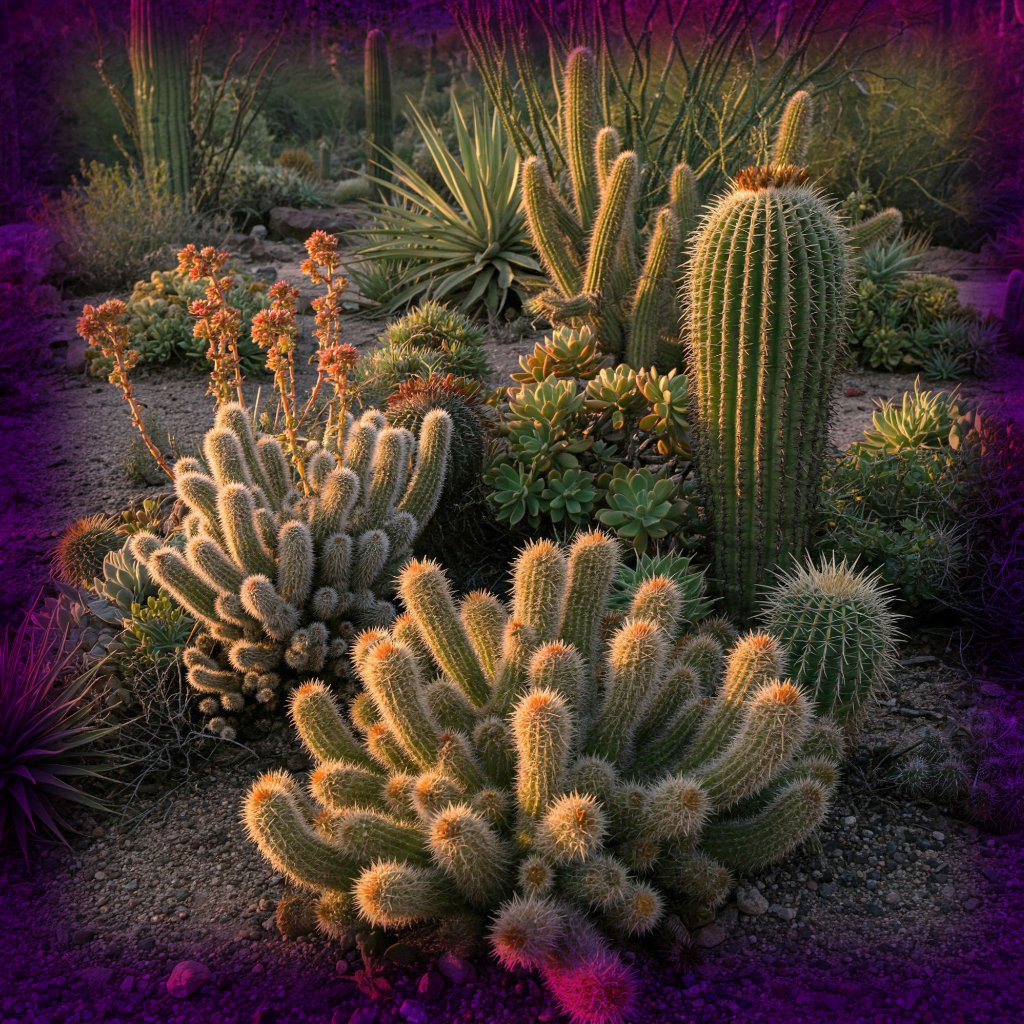Introduction
Cultivating exotic plants in arid regions presents a unique challenge. While many species thrive in humid or temperate zones, dry climates demand careful selection and strategic care. Success lies in understanding plant physiology, optimizing growing conditions, and implementing water-wise techniques. With the right approach, even moisture-loving exotics can flourish in parched landscapes.
Understanding Arid Environments
Arid zones receive minimal rainfall—often less than 10 inches annually. High evaporation rates, intense sunlight, and temperature fluctuations further strain plant survival. Semi-arid regions offer slightly more moisture but still require drought-smart gardening. Soil composition varies, often leaning toward sandy or rocky textures with poor water retention.
Why Some Exotic Plants Struggle in Aridity
Many tropical and subtropical plants evolved in moisture-rich environments. Their broad leaves, shallow roots, and high transpiration rates make them ill-suited for dry climates. Without intervention, they wilt, suffer sunburn, or succumb to root dehydration. Others may survive but fail to flower or fruit adequately.
Selecting the Right Exotic Plants for Dry Climates
Not all exotics falter in dryness. Mediterranean herbs like rosemary and lavender naturally tolerate low water. Desert-adapted species, such as agaves and certain palms, thrive with minimal irrigation. Prioritize plants labeled as drought-resistant or xerophytic. Avoid water-guzzlers like hibiscus or banana plants unless microclimates are engineered.
Soil Preparation for Arid Adaptation
Amending soil is critical. Mix in compost or coconut coir to boost moisture retention without waterlogging. Coarse sand or perlite improves drainage, preventing root rot. A 3-inch layer of organic mulch—wood chips or straw—slows evaporation and regulates soil temperature.
Watering Strategies for Exotic Plants
Deep, infrequent watering encourages roots to grow downward, accessing subsurface moisture. Drip irrigation delivers water directly to roots, minimizing waste. Rain barrels or swales can capture runoff for later use. Avoid overhead sprinklers, which lose water to evaporation and promote fungal growth.
Shade and Sun Protection
Young or delicate plants benefit from 30–50% shade cloth during peak heat. Planting near walls or taller vegetation provides afternoon shade. Light-colored containers reflect heat, preventing root scorch. Gradually acclimate plants to full sun to avoid shock.
Microclimate Creation
Windbreaks—fences, shrubs, or trellises—reduce drying winds. Pebble or gravel mulches reflect heat upward, creating a warmer microclimate for cold-sensitive exotics. Container gardening allows for mobility, letting plants chase shade or shelter as needed.
Fertilization in Dry Conditions
Excessive fertilizer salts can burn roots in arid soils. Opt for slow-release granules or organic options like worm castings. Foliar sprays provide nutrients without stressing roots. Always water thoroughly after fertilizing to prevent salt buildup.
Pruning and Maintenance
Trim excess foliage to reduce transpiration. Remove dead or diseased growth to direct energy toward healthy tissue. Avoid heavy pruning in summer, as open wounds increase water loss.
Pest and Disease Management in Arid Climates
Spider mites and aphids thrive in dry heat. Blast them off with water or use neem oil. Overwatering invites root rot—ensure soil dries between irrigations. Encourage beneficial insects like ladybugs to control pests naturally.
Propagation Techniques for Drought Resistance
Choose seeds from drought-adapted parent plants. Graft fruit trees onto hardy rootstocks like Pistacia or Olea. Propagate succulents from cuttings; their water-storing tissues ensure survival.
Case Studies: Successful Exotics in Arid Zones
Olive trees, native to the Mediterranean, yield fruit in deserts with minimal care. Agaves store water in their fleshy leaves, thriving where others perish. Lavender’s silvery foliage reflects sunlight, reducing moisture loss.
Common Mistakes to Avoid
Overwatering is as deadly as neglect—soggy soil suffocates roots. Skipping soil prep leads to poor plant establishment. Ignoring local frost or heatwaves risks sudden plant loss.
Long-Term Care and Monitoring
Use moisture meters to gauge watering needs. Adjust irrigation with seasonal rainfall. Watch for leaf curling or browning—early signs of stress.
Conclusion
Adapting exotic plants to arid conditions demands patience and precision. Yet, the reward—a lush, unconventional garden in a water-scarce landscape—is unparalleled. By emulating natural drought strategies and refining care routines, even the most delicate exotics can defy the odds.

